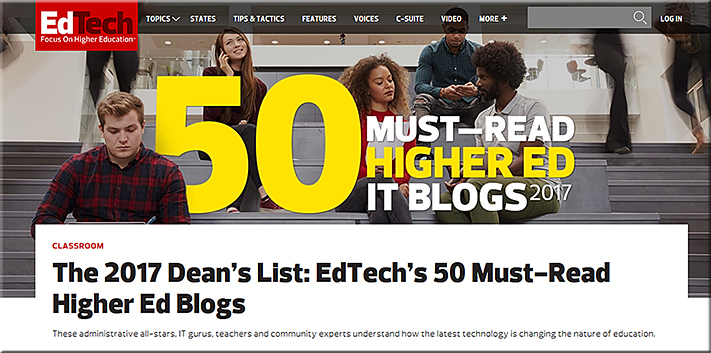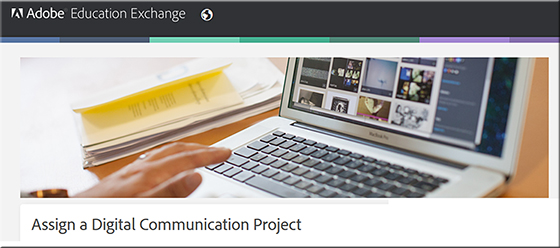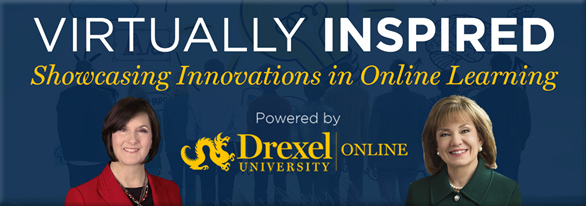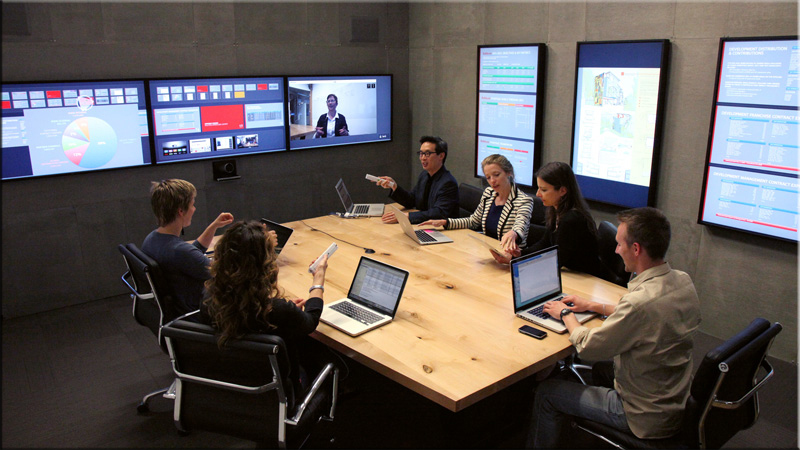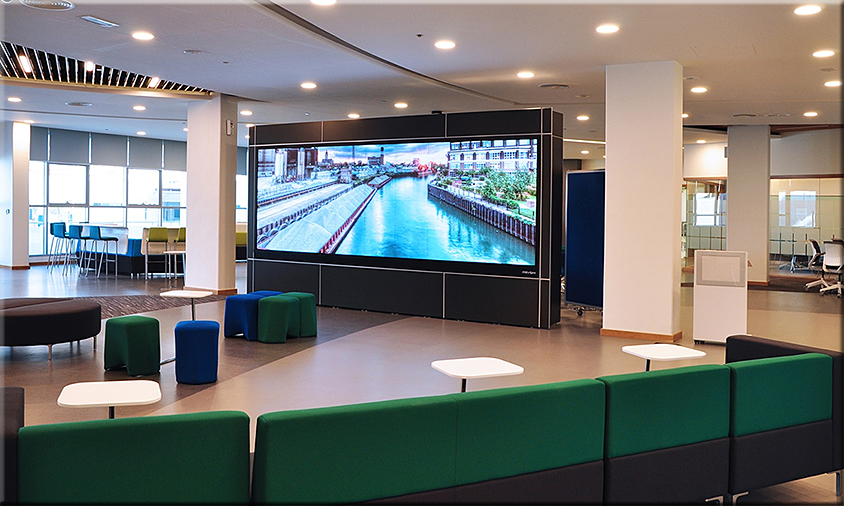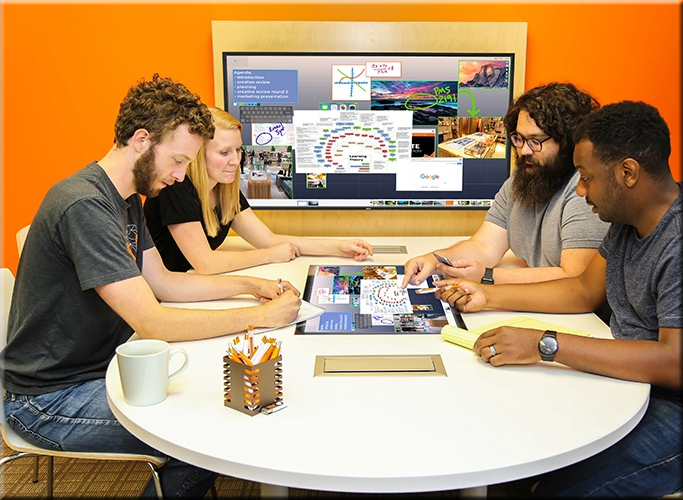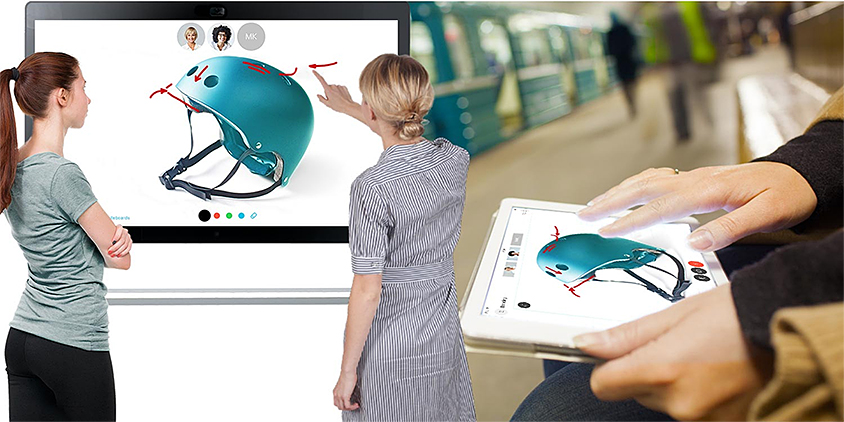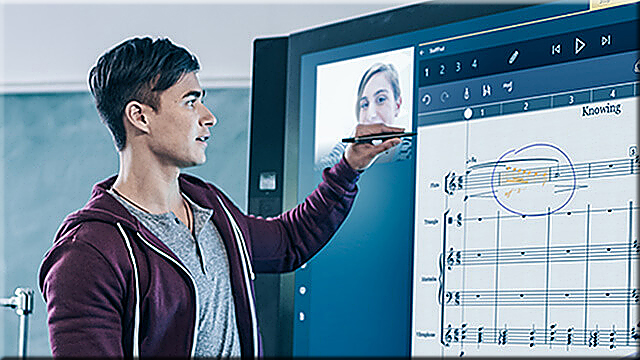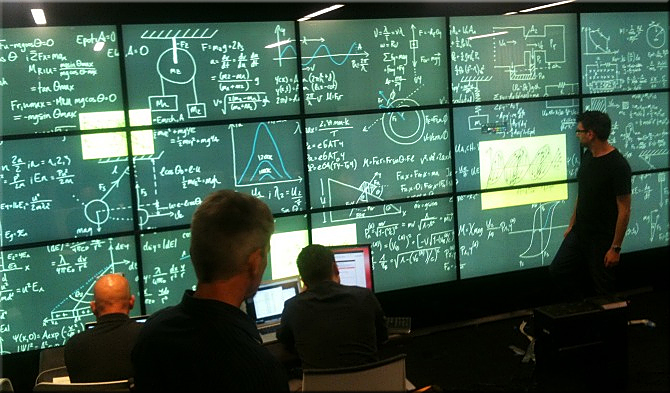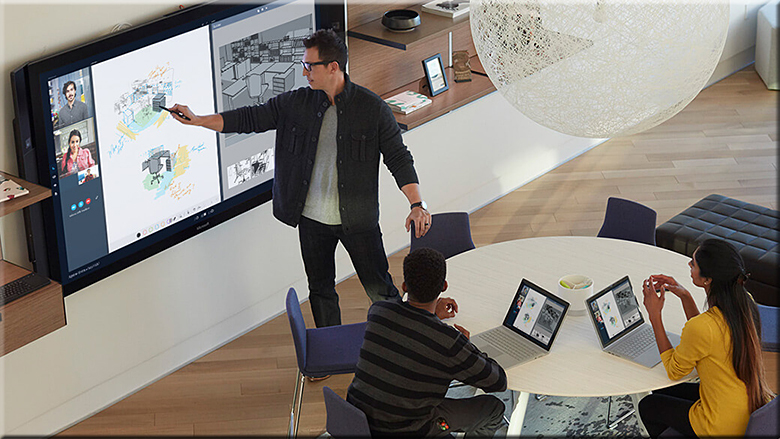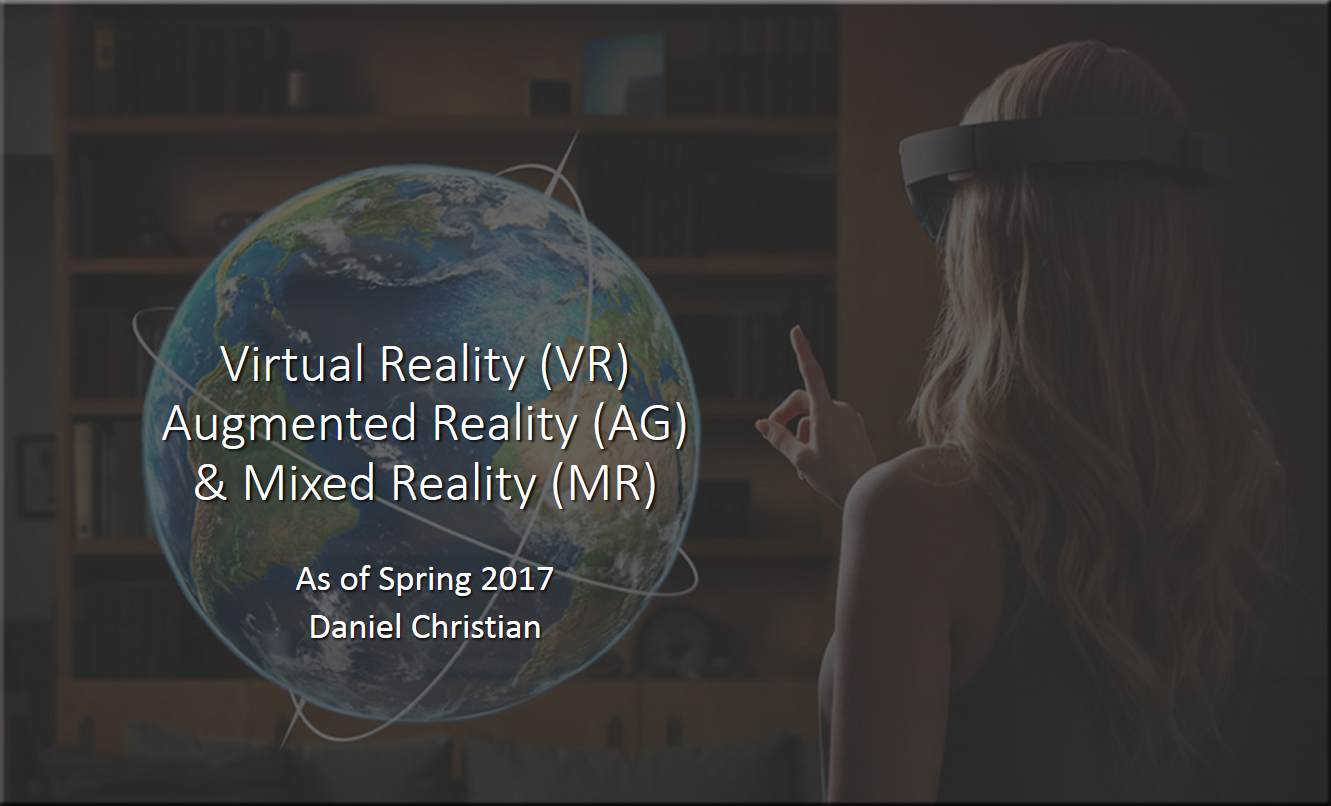Realizing the Potential of Blockchain: A Multistakeholder Approach to the Stewardship of Blockchain and Cryptocurrencies — from the World Economic Forum
Excerpts:
Like the first generation of the internet, this second generation promises to disrupt business models and transform industries. Blockchain (also called distributed ledger), the technology enabling cryptocurrencies like bitcoin and Ethereum, is pulling us into a new era of openness, decentralization and global inclusion. It leverages the resources of a global peer-to-peer network to ensure the integrity of the value exchanged among billions of devices without going through a trusted third party. Unlike the internet alone, blockchains are distributed, not centralized; open, not hidden; inclusive, not exclusive; immutable, not alterable; and secure. Blockchain gives us unprecedented capabilities to create and trade value in society. As the foundational platform of the Fourth Industrial Revolution, it enables such innovations as artificial intelligence (AI), machine learning, the internet of things (IoT), robotics and even technology in our bodies, so that more people can participate in the economy, create wealth and improve the state of the world.
However, this extraordinary technology may be stalled, sidetracked, captured or otherwise suboptimized depending on how all the stakeholders behave in stewarding this set of resources – i.e. how it is governed.
…
At the overall ecosystem level, we look at the need for a proper legal structure, regulatory restraint, diversity of viewpoints and scientific research in tandem with business development. We introduce each of the eight stakeholders in the ecosystem: innovators, venture capitalists, banks and financial services, developers, academics, non-governmental organizations (NGOs), government bodies, and users or citizens.
…
From DSC:
Institutions of higher education need to put the topic of blockchain-based technologies on their radars, as blockchain could impact how people get their credentials in the future. It could easily turn out to be the case that community colleges, colleges, and universities will join other organizations in terms of being able to offer credentials to their learners.

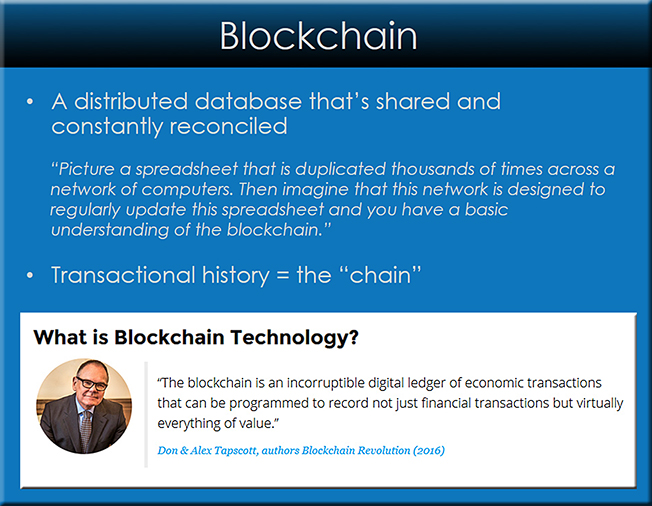









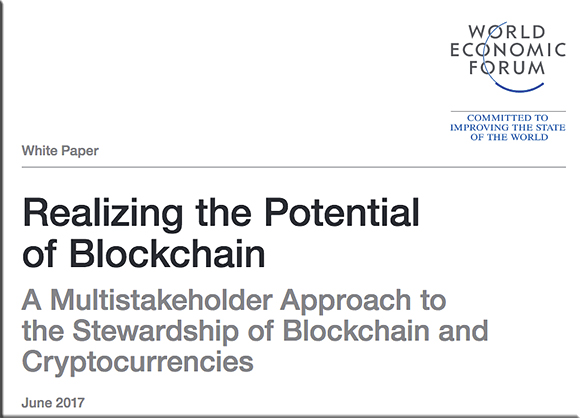
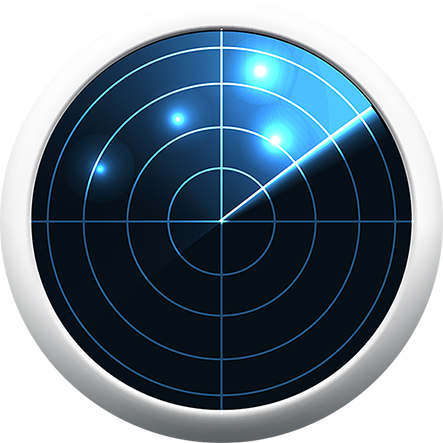

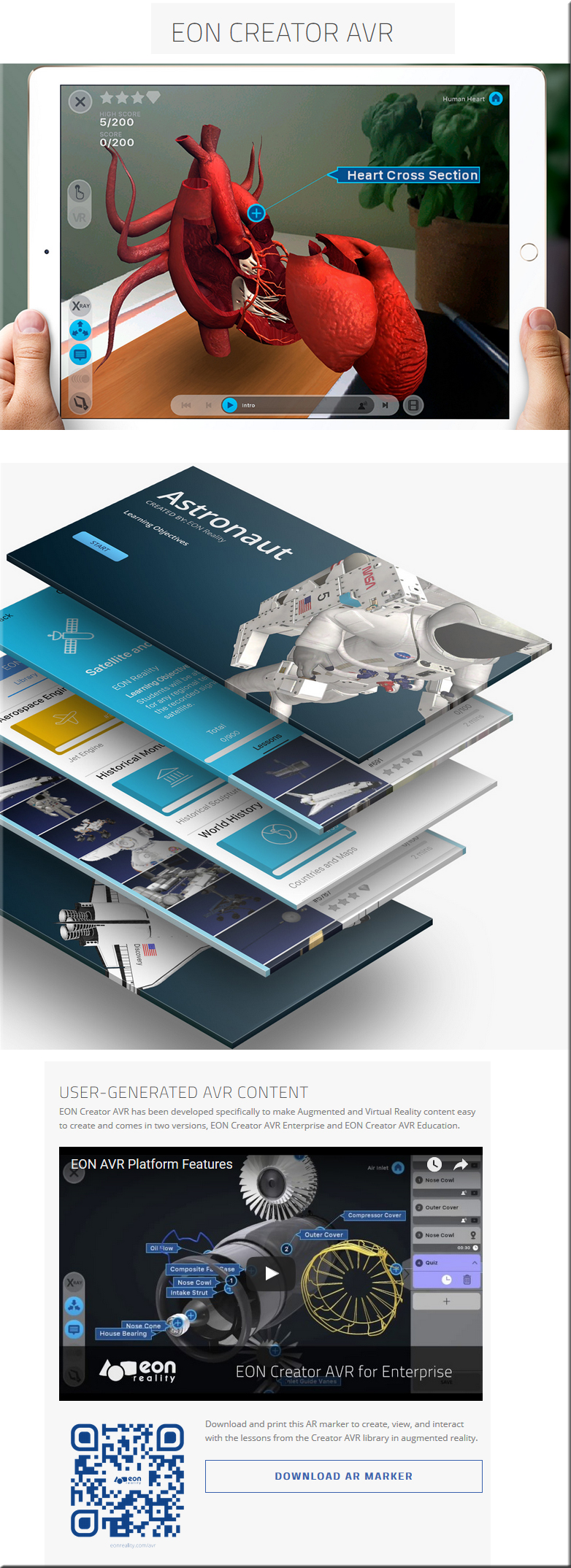
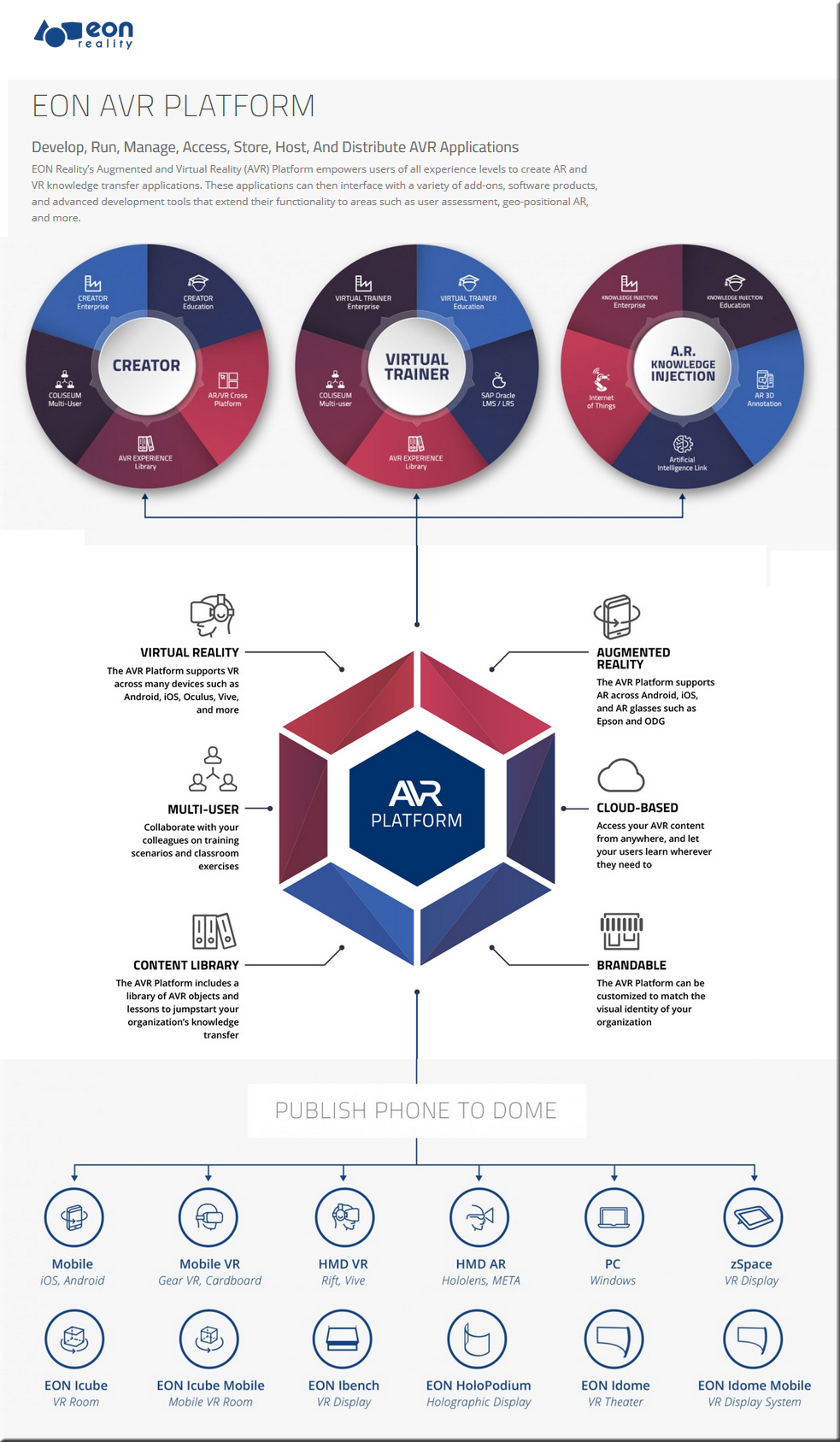
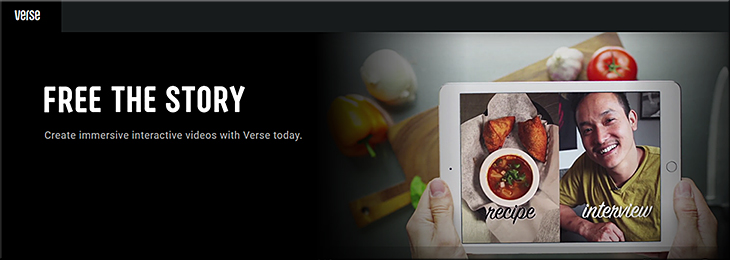
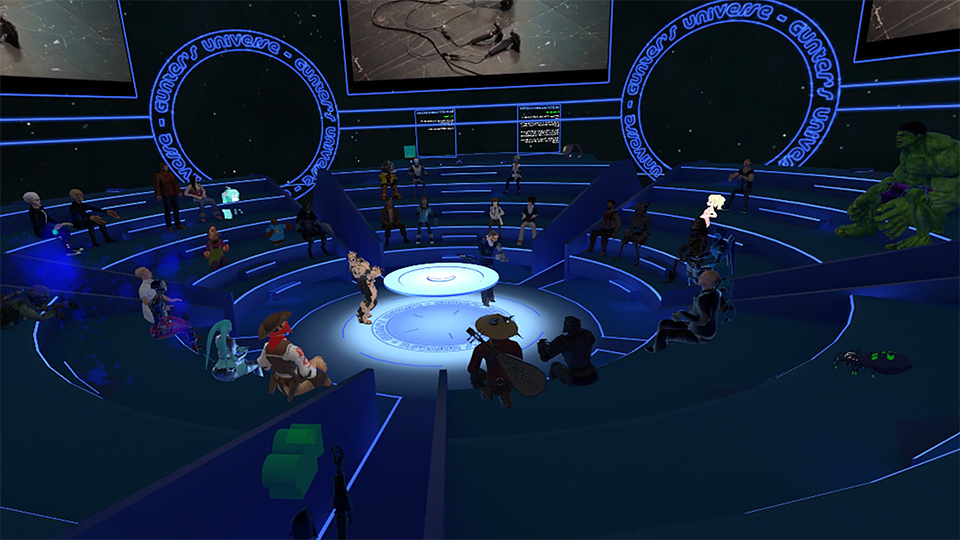
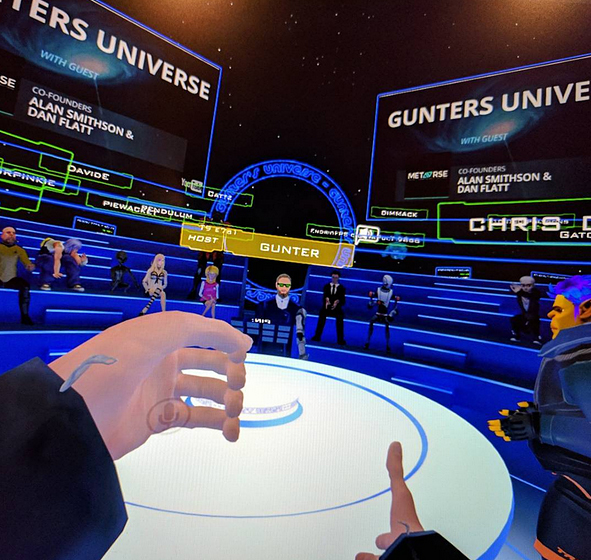
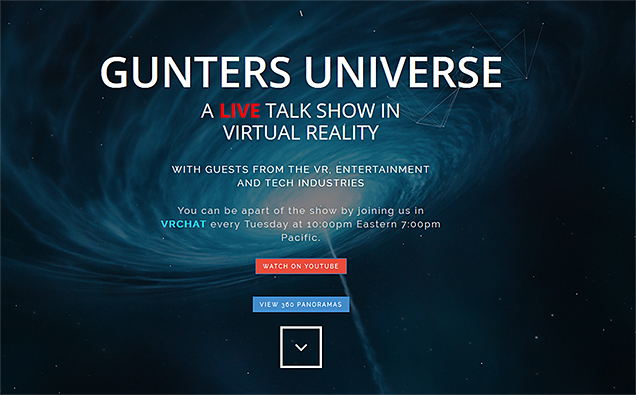
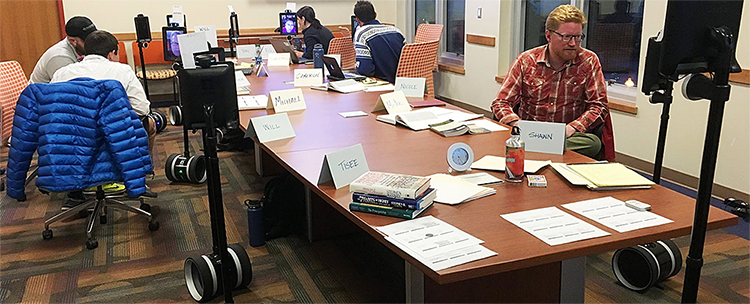
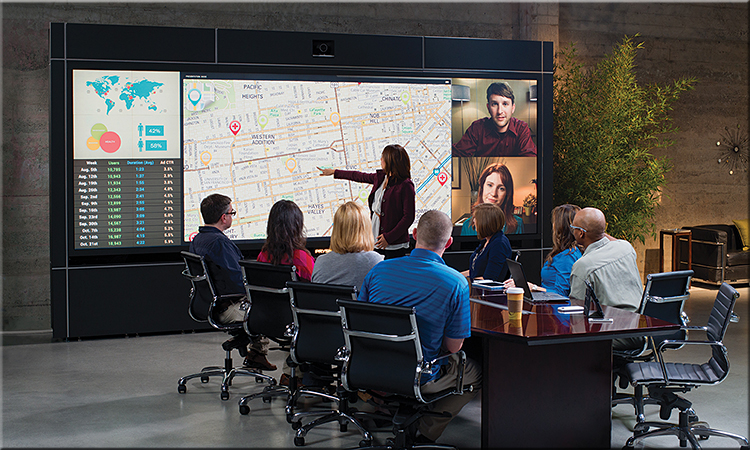
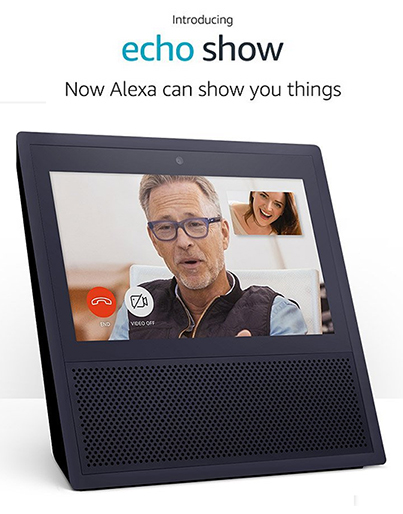
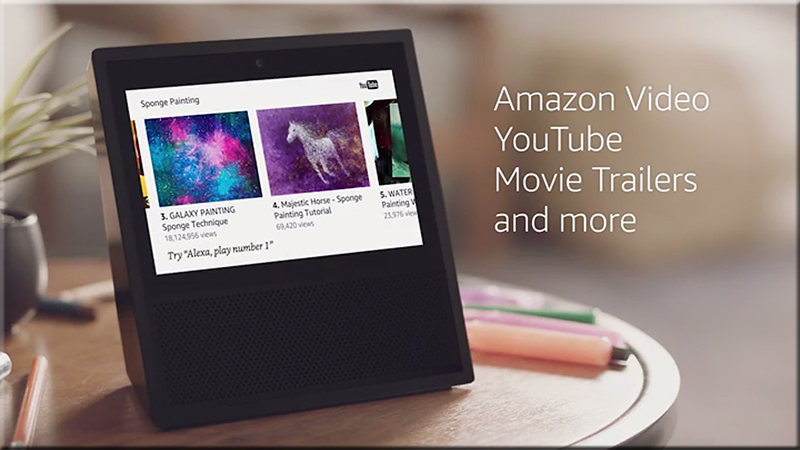

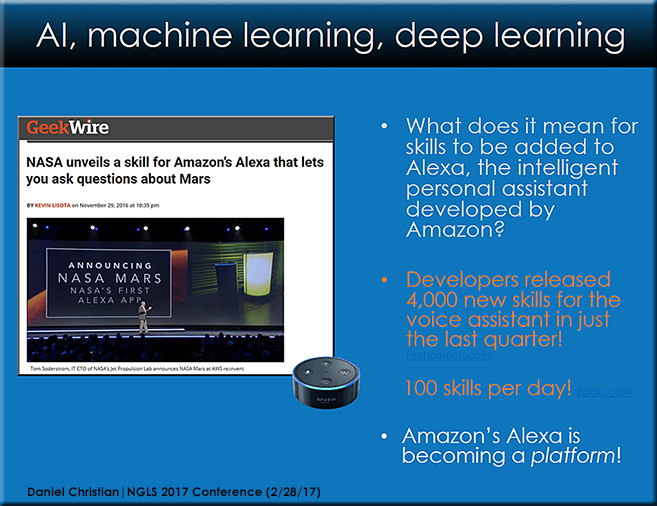
![The Living [Class] Room -- by Daniel Christian -- July 2012 -- a second device used in conjunction with a Smart/Connected TV](http://danielschristian.com/learning-ecosystems/wp-content/uploads/2012/07/The-Living-Class-Room-Daniel-S-Christian-July-2012.jpg)
